May Day is not about maypoles: the history of international workers’ day
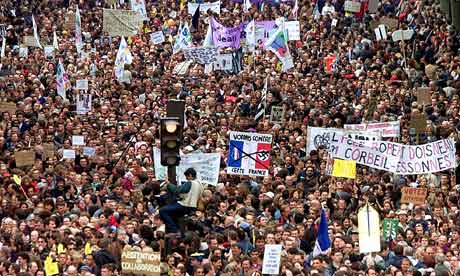
If you see a history of May Day in the newspapers this year, it is most likely to recount the mystical, medieval origins of a pagan fertility festival. And though you may never have seen a maypole in your life, you will be assured that a ribboned piece of birchwood is the sign and sanction of May Day.
Yet this has little to do with the reason that 1 May is celebrated in Britain, or why it is an international holiday, or why the Occupy movement is planning “global disruption” today. May Day is international workers day. As such, it is – in the words of Eric Hobsbawm – “the only unquestionable dent made by a secular movement in the Christian or any other official calendar”. And its past is more rowdy than is suggested by the imagery of Morris dancers serenely waving hankies and bells around.
1889-90
The origin of our present holiday lies in the fight for an eight-hour working day, in which cause the leaders of the socialist Second International called for an international day of protest to be held at the beginning of May 1890. They did so just as the American Federation of Labour was planning its own demonstration on the same date. The UK protest actually took place on a Sunday, and in London alone attracted 300,000 protesters to Hyde Park.
1890-1900

Initially, May Day was intended to be a one-off protest, and in some ways quite a solemn affair. But it persisted amid a flourishing of trade unionism. The symbolism of the workers’ Easter, of rebirth and renewal, dramatised this experience of revival. And it developed a carnivalesque aspect. May Day did not merely enact internationalism and working class solidarity; it celebrated these things with the familiar paraphernalia of badges, flags, art, sporting events and heavy drinking.
1900-1918
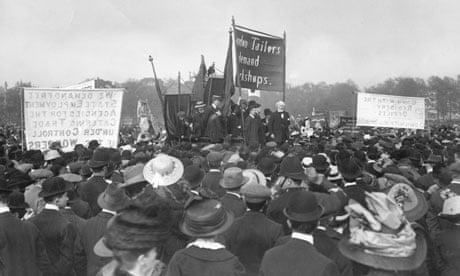
The leaderships of Europe’s growing socialist parties were often worried by the threat of repression coming from governments and businesses, and attempted to avoid excessively confrontational demonstrations. But such domesticating tendencies were counteracted by the severity of the social crisis sweeping Europe and the upheavals it produced. Even during the first world war, when protest was punishable by imprisonment and hard labour, May Day demonstrations were often flashpoints of anti-war struggle. It was at such a rally that Karl Liebnecht denounced the war before 10,000 striking workers at the Potsdamer Platz on 1st May 1916. In Britain, following the arrest of the Scottish socialist John MacLean for sedition in 1918, Glasgow workers embarked on a mass May Day strike and protest.
1918-45
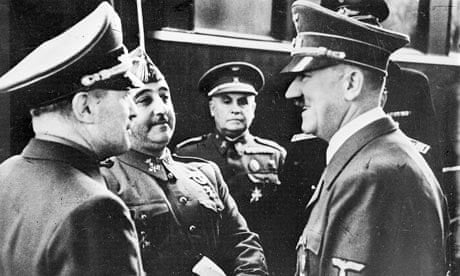
European governments alternately preferred repression or co-option of May Day after the first world war. The traditional parties of the right tended to prefer repression, or the threat of repression. For them, regarding the jubilant May Days in revolutionary Russia with unease, the whole thing stank of treason. Fascist parties had a more ambivalent attitude, largely because unlike the traditional right they needed the support of a layer of workers. The Third Reich declared 1 May a “national workers’ day” in 1933. But the original meaning of May Day reappeared at the darkest moments of the Nazi era, as when it was celebrated in the Warsaw ghetto which launched an uprising against the regime. Fascist Italy abolished May Day, expunging the radical working class traditions it embodied, but it also introduced a labour holiday on 21 April. Franco, who arguably waged the most vicious military struggle against the left in Spain, and who wiped out 200,000 in executions and concentration camps in the five years after his victory, simply outlawed May Day. It was not celebrated again until his downfall in 1975.
1945-2000
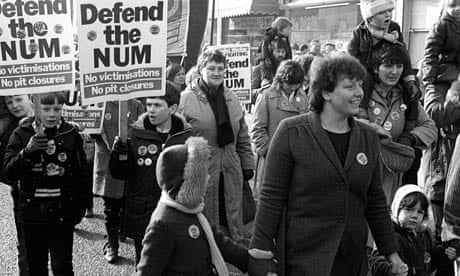
In the postwar period, May Day was generally tolerated and in some cases even recognised as a public holiday. In the UK, 1 May was made a bank holiday by the Labour government in 1978. In some cases, this was part of a process in which organised labour was co-opted, resulting in the holiday becoming an observed ritual and little more. But it continued to inspire astonishing upheavals – May Day protests played a significant role in the Portuguese revolution of 1974, as well as in the uprisings against apartheid in the 1980s. And even in less dramatic circumstances, it assumed greater importance during periods of turbulence, such as during the miners’ strike.
2000-2012
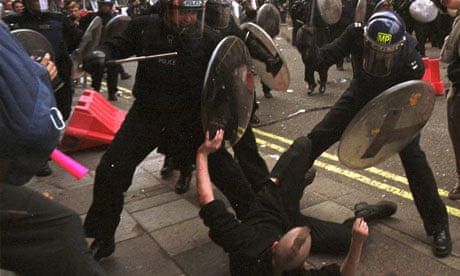
May Day returned as a militant, if convivial, protest in the UK in 2000, due to the convergence of a broad coalition of activists under the rubric of anticapitalism. The combination of seriousness with playful exuberance was arguably in the best traditions of May Day, even if some statues were briefly defiled. The response of police, which was to develop and refine the technique of “kettling” over a number of years, was traditional in a less august sense.

The Tories were reported last year to be considering scrapping May Day. The associations with a moribund labourism – or worse with anticapitalist tumult – are hardly obliging in the effort to cultivate a business-and-shopping facade for Brit-town. Yet it would be a futile gesture on their part. This impression on the international calendar was made by workers without the blessing of governments, and the evidence of history suggests that it can survive far worse interdictions. The fact that Occupy has now selected 1 May as the moment for another offensive attests to the enduring relevance of May Day as international workers’ day.
copied fromguardian
